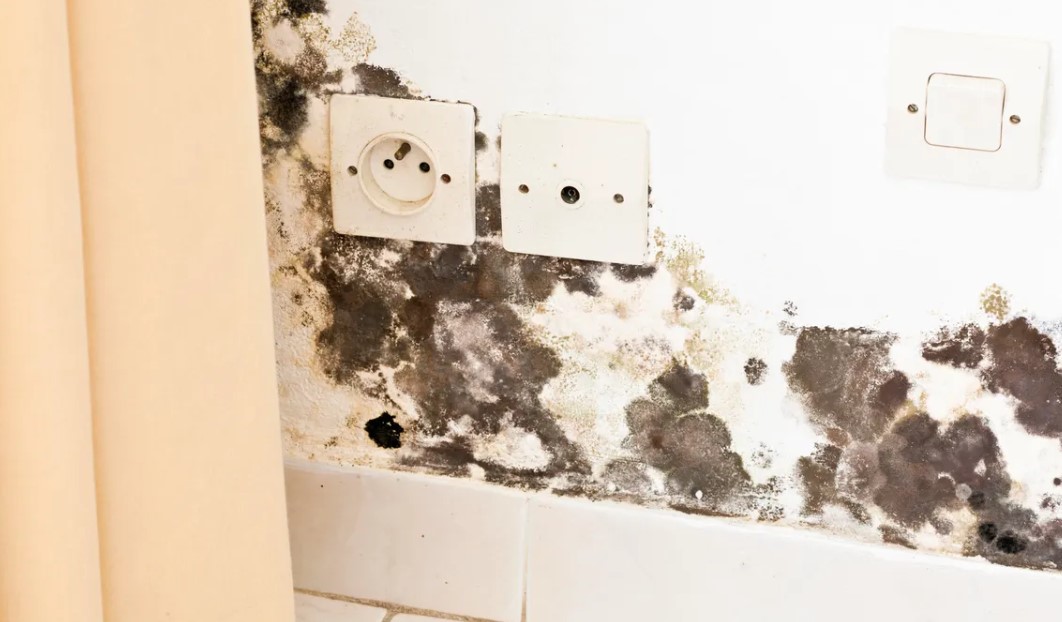
Mold remediation is a critical process that many homeowners in Las Vegas may need to confront at some point. The dry desert climate of Las Vegas doesn’t exempt properties from the risks of mold growth, particularly in areas where moisture accumulates. Understanding the importance of prompt and thorough mold remediation West Las Wegas is vital for maintaining a safe and healthy living environment.
Identifying the Problem:
Mold thrives in environments with moisture and organic matter, making properties susceptible after water damage incidents such as floods, leaks, or high humidity. While some molds are harmless, others can pose significant health risks, especially for individuals with respiratory issues or allergies.
Signs of mold infestation often include a musty odor, visible mold growth on walls or ceilings, and allergic reactions such as coughing, sneezing, or skin irritation. Ignoring these signs can lead to further damage to property and health.
Importance of Mold Remediation:
Mold remediation is not just about removing visible mold; it involves addressing the underlying moisture issues to prevent future growth. Failing to address the root cause of mold infestation can result in recurring problems, compromising the structural integrity of the building and the health of its occupants.
Professional mold remediation services employ specialized techniques and equipment to effectively eliminate mold colonies and restore affected areas. These experts conduct thorough inspections to assess the extent of the mold infestation and develop customized remediation plans tailored to the specific needs of each property.
Steps in Mold Remediation:
- Assessment: Trained professionals conduct a comprehensive assessment of the property to identify the source of moisture and the extent of mold growth. This assessment guides the development of an effective remediation strategy.
- Containment: To prevent the spread of mold spores to unaffected areas, containment measures such as sealing off the contaminated area and using negative air pressure systems may be employed.
- Removal: Mold-infested materials are safely removed and disposed of following industry standards and regulations. Specialized techniques such as HEPA vacuuming and antimicrobial treatments may be utilized to ensure thorough mold removal.
- Cleaning and Sanitization: Affected surfaces are cleaned and sanitized to eliminate any remaining mold spores and inhibit future growth. Non-porous materials may require less intensive cleaning, while porous materials may need more extensive treatments.
- Restoration: Once mold remediation is complete, the affected areas are restored to their pre-damage condition. This may involve repairs to damaged structures and installations to prevent future moisture issues.
Preventive Measures:
Preventing mold growth requires proactive measures to control moisture levels within the property. This includes proper ventilation, maintaining low indoor humidity levels, promptly addressing water leaks or spills, and ensuring proper drainage around the building.
Regular inspections and maintenance can help identify and address potential moisture issues before they escalate into mold infestations. Investing in waterproofing solutions for vulnerable areas such as basements and crawl spaces can provide long-term protection against water damage and mold growth.
Conclusion:
Mold remediation is a crucial aspect of maintaining a safe and healthy living environment, particularly in regions like Las Vegas where moisture-related issues can arise. Prompt action and professional assistance are essential for effectively addressing mold infestations and preventing future recurrence. By understanding the importance of mold remediation and implementing preventive measures, homeowners can safeguard their properties and the well-being of their occupants.
